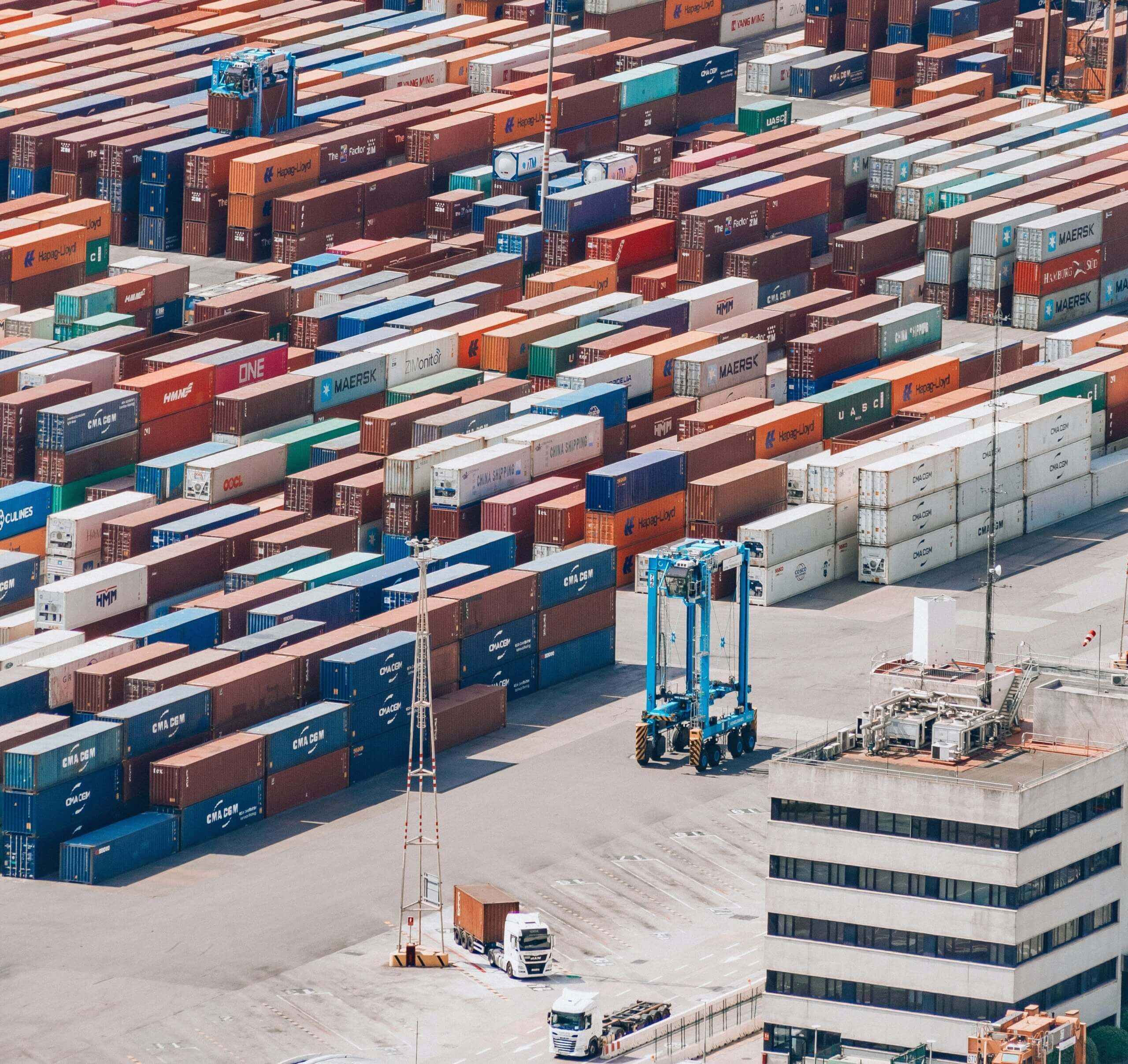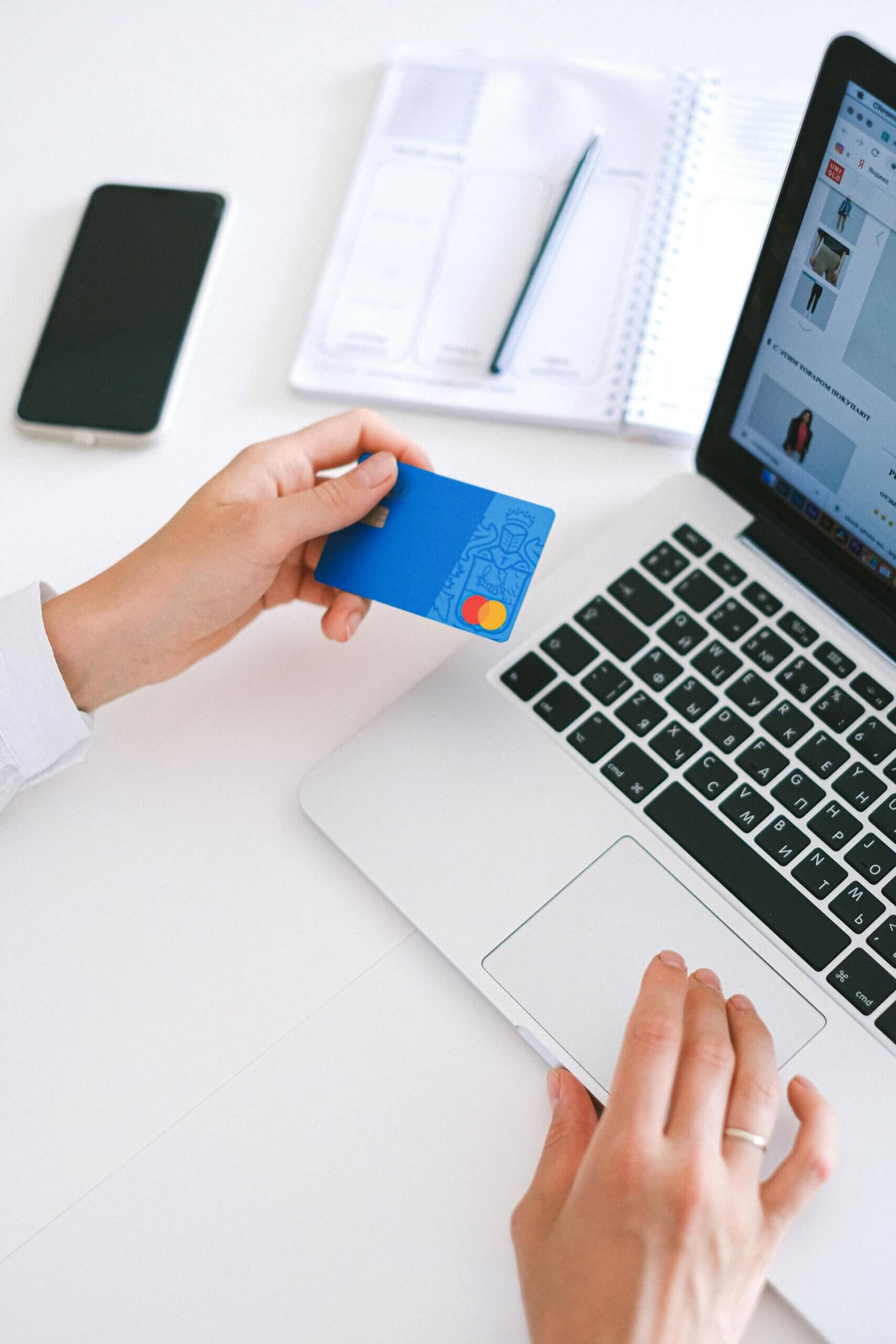As we have explored in previous posts, the Delivery Economy has changed expectations in how products get to the customers who order them, whether those customers are consumers or business buyers. Delivery is now a top-player in the customer experience arena, where once price and quality reigned supreme.
According to our recent report, “The Delivery Economy and the New Customer Experience,” when it comes to delivery, consumers overwhelmingly (and repeatedly) cited three prevalent expectations for the delivery of their purchases: speed, cost and visibility. These three factors hold the key to meeting consumers expectations in the Delivery Economy. Let’s break down what we know about customer expectations for each of these areas.
Speed
The Delivery Economy has stepped up the expectations for fast delivery. Gone are the days of 7-10 business days being an acceptable timeframe for delivery. In fact, 43% of consumers say paid standard shipping should only take 3-5 business days, and another 25% say it should only take 2 business days for a product to reach their doorstep.
Consumers are also opting into supporting brands that can promise faster delivery, the most common example being Amazon Prime. Our report shows that almost half (46%) of consumers say they would pay a subscription fee to have items delivered quickly.
More and more brands are opting into offering their own version of Prime and even looking to compete with the e-commerce behemoth. Walmart is now offering unlimited grocery deliveries for customers who opt into the subscription service. And at a lower cost, Walmart is stepping up and showing that other companies are ready to compete in the Delivery Economy.
Cost
Shipping and handling used to be an expected cost when ordering a product to be shipped to your home. The Delivery Economy has changed that expectation. Consumers now think they shouldn’t have to open their wallets even further to get their products delivered to them — they say it should be part of the deal. More than half (58%) of consumers even expect to be offered free or discounted shipping with their purchase.
How much weight are consumers placing on the cost of delivery? Delivery is now just as important as price. More than half (52%) of consumers cite free or discounted shipping as one of the most important factors in their purchase experience, the same weight given to the price of the product (52%).
Visibility
The advent of the Delivery Economy can be partially attributed to on-demand delivery apps offering minute-by-minute tracking into the delivery of goods and services. These expectations are now reflected in the visibility consumers are looking for when from purchases they opt to have delivered to their homes.
A majority (70%) of consumers want the ability to track the progress of shipments, expecting regular updates on the status of their purchases. Additionally, 47% of consumers want an accurate delivery time/window estimate.
The Delivery Economy is gaining momentum and influence — enough to impact brand perception if delivery expectations aren’t met. That potential brand impact, for both B2C and B2B organizations, is causing marketers to turn their attention to delivery as a vital part of the customer experience.
While it’s a big part of a marketer’s job to ensure consumer expectations are being met, they can’t do it alone. The entire supply chain shares responsibility in ensuring deliveries are met on time, from a consumer’s new sweater to an important shipment of parts to a manufacturer. Now, more than ever, it is vital for brands to strengthen ties and communication with their partners within the supply chain to make sure products arrive on-time and as promised.
To learn more about how the Delivery Economy is impacting your brand, and what you can do to stay ahead of it, read the full report.



